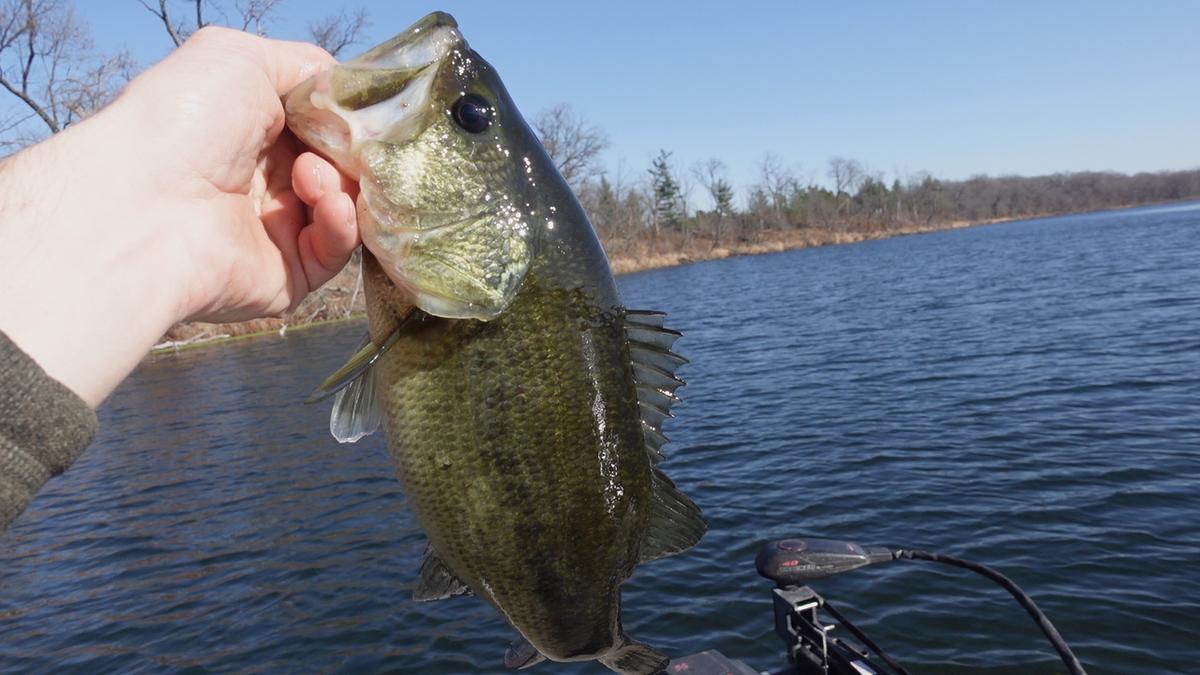Fall Fish Movements: Where They Go & How To Catch Them
For many anglers, it doesn’t get much better than a day on the water in the fall. The leaves change colors, the deer and turkeys begin to move; and the crisp clean air wipes away all memories of the oppressive summer heat. Although fall weather conditions are ideal for fishing, the onset of autumn can sometimes be a little harder on the catching, as fall fish movements can be tough to track.
Falling water temperatures, turnover, and baitfish migrations can shatter reliable summer patterns and cause bass to scatter – a recipe for feast or famine fishing. Fortunately, though, when it comes to the tricky tracking of fall fish movements, a little knowledge goes a long way.
We chatted up some of the best minds in the sport and got the scoop on fall fish movements that will hopefully result in a lot more days feasting this fall.
Where They Go
To find fall bass, you only need to have one word in your brain; baitfish. By late summer, they have congregated in massive schools and become the dominant food source for bass in most reservoirs. Because there are more baitfish packed in to tighter areas, there is also a lot more dead water between them. In the fall, if you’re not seeing baitfish flipping on the surface or on your locator, you’re probably going to strike out. As the water temperature drops, the schools of bait move toward the backs of creeks. To find them, try idling secondary points, the last steep drops in creek arms, and bluff walls off the main lake. Once you mark some baitfish, start fishing. Fall fish movements are a top-down approach, as once you find those baitfish you should be right on some predators.
How To Catch Them
Once you’ve located the bait, the most effective way to catch bass is to use shad imitators like walk-the-dog topwaters, jerkbaits, swimbaits, and crankbaits. The good news - bass around bait are generally aggressive, so you just need to get something in their strike zone and make them react. Don’t be afraid to move your baits really quickly either – there is lots of surface feeding activity in the fall.
Updated October 20th, 2021 at 8:28 AM CT


